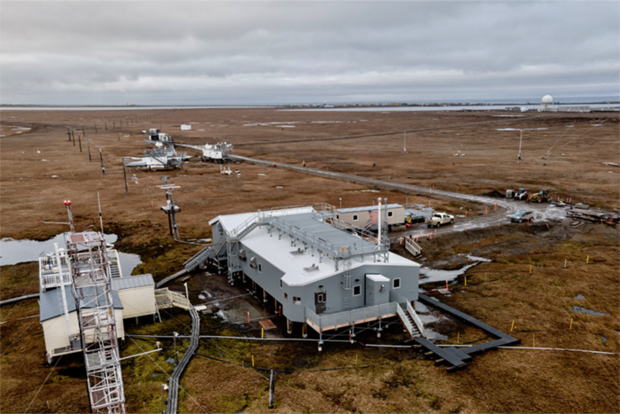NOAA’s Barrow Atmospheric Baseline Observatory north of Utqiaġvik, Alaska, can measure changes in atmospheric composition. Credit: NOAA
Over the past few decades, the Arctic has been warming more than twice as fast as the rest of the planet. At the same time, long-term atmospheric carbon dioxide measurements by NOAA and others have shown substantial increases in the amount of carbon absorbed into and emitted by the Arctic terrestrial ecosystem every year.
Scientists have assumed the terrestrial ecosystem - plants and soil - are playing a large role in the changes they’re seeing in the Arctic carbon cycle. However, they lacked a technique to measure carbon uptake and release independently, key for understanding how the biosphere is responding to climate change driven by fossil fuel emissions.
Read more at the link below.
